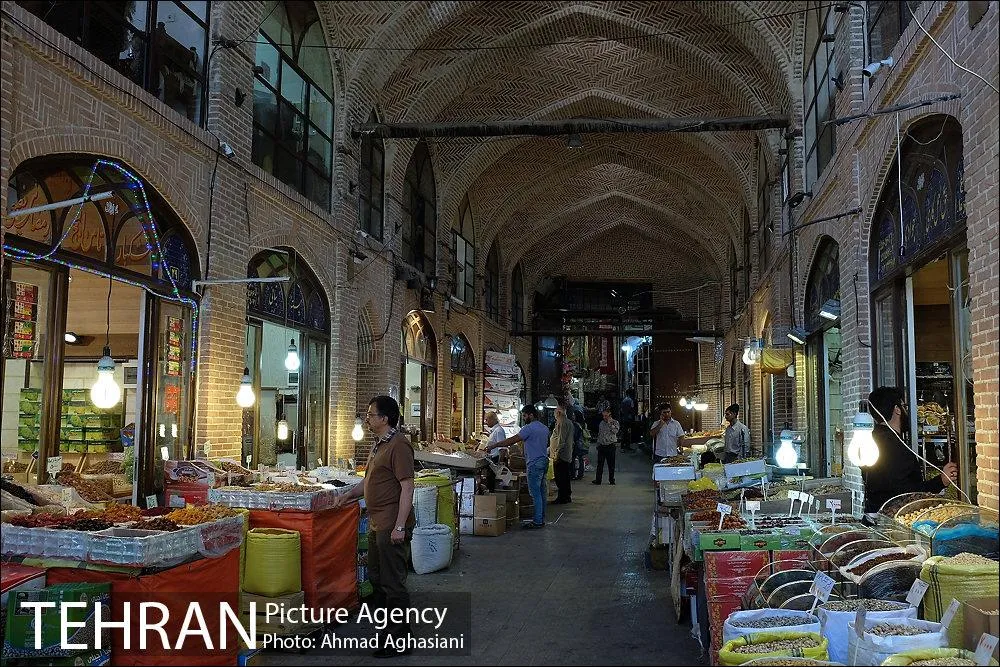
From the perspective of social science theories on protest behavior—such as Relative Deprivation, Political Opportunity, and Framing Theory—Iran today looks much as it did before the uprisings of 2017, 2019, and 2022: primed for unrest. The underlying conditions that often drive mass mobilization—rising grievances, economic hardship, political disillusionment, elite fractures, and mobilizing narratives—are once again converging at a critical peak. The Islamic Republic recognizes this combustible mix. Despite chronic incompetence, its leaders are not blind to the risk of renewed unrest.
Many of the regime’s recent decisions—including the removal of Kazem Seddiqi, Tehran’s controversial Friday prayer leader long tainted by corruption allegations, and the withdrawal of the government’s anti-disinformation bill—appear aimed, at least in part, at placating a public that includes regime loyalists themselves, many of whom describe feeling humiliated, angry, and disillusioned following the surprise Israeli attacks. State-backed media has amplified these gestures, with reformist strategists celebrating the creation of a Defense Council and the potential appointment of Ali Larijani as the secretary of the Supreme National Security Council as further signs of a supposed return to rational governance. Some even claim the rift between the people and the government is beginning to heal. All this came as pro-regime observers and elites from across the political spectrum insisted that the regime needed to take quick, symbolic steps to reassure a public they interpreted as having stood by the Nezam.
During the recent war with Israel, the regime in Tehran relied on a performative form of nationalism to interpret the absence of street protests as proof that the nation was rallying behind the Nezam. Interestingly, certain Western media outlets rushed to the same conclusion, echoing the notion that the Iranian people stood firmly with the regime. However, such interpretations overlooked the deeper realities: the conditions in Iran remain as volatile as ever, with grievances and frustrations simmering just beneath the surface.
Meanwhile, foreign pressure is mounting. From renewed talk of activating the snapback mechanism to murmurs of another potential military strike—and with nuclear negotiations stalled—the regime appears to be taking steps meant to project readiness while reintroducing an old-guard figure for rebranding purposes.
In reality, these measures amount to quick, cosmetic fixes—band-aids applied to a festering wound—rather than genuine reforms. Far from signaling meaningful change, they are better understood as attempts both to quiet a nation on the brink of ignition and to signal to the outside world that “something is changing” in the Islamic Republic, perhaps in hopes of buying more time. Conditions in Iran are volatile, and no one can predict the exact timing of a mass uprising. But analysts and policymakers alike should recognize that the underlying conditions—resentment, division, and unmet aspirations—have once again turned Iranian society into a powder keg. We must not allow our cognitive biases to cloud our judgment about the true nature of these gestures, the actual state of Iranian society—whether pro-regime or against it—or the fragility of the regime’s position and the volatility that continues to define it.